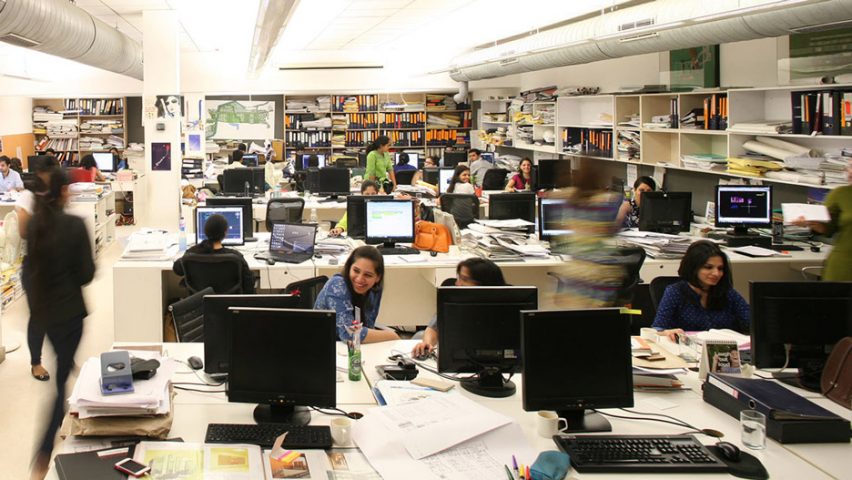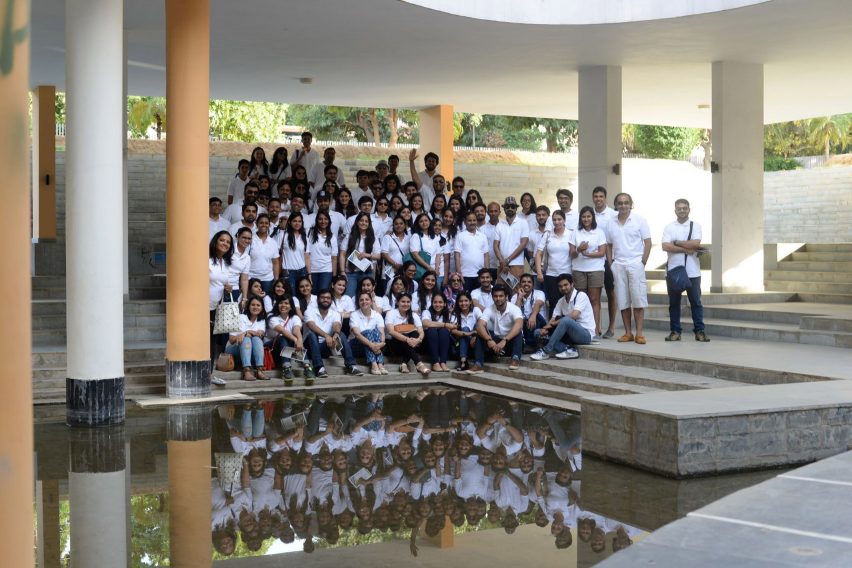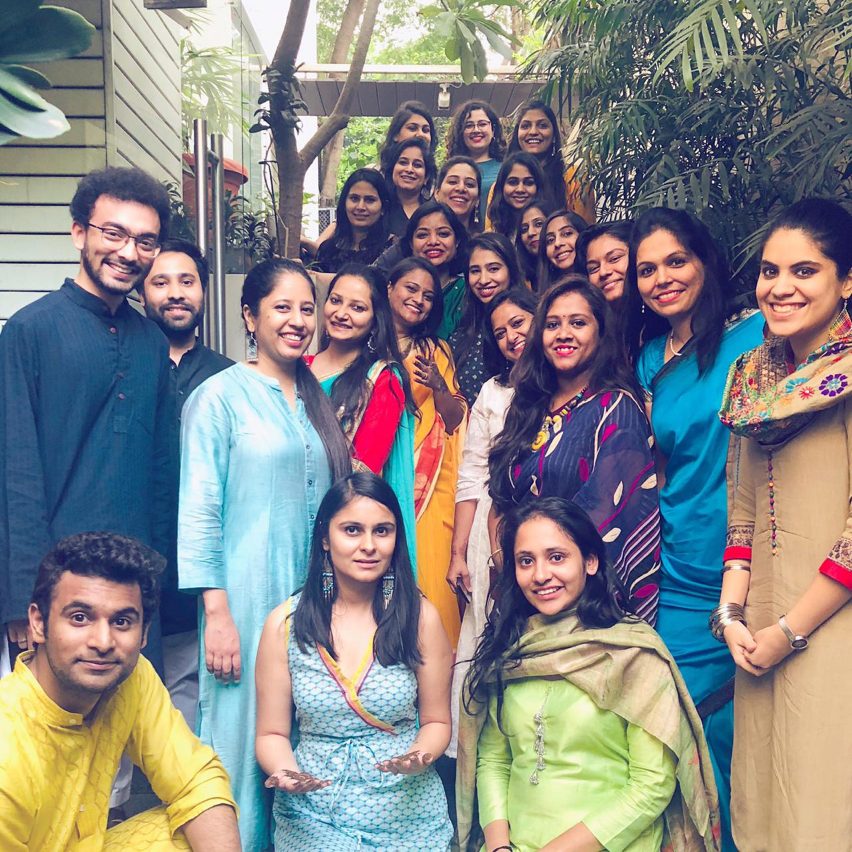
Morphogenesis celebrates "gender-positive" pay gap
Indian firm Morphogenesis has become one of the world's first architecture practices to report a gender pay gap in favour of its women employees.
The leading firm, which has offices in Mumbai, Delhi and Bengaluru, announced a "gender-positive pay gap", ahead of International Women's Day on 8 March.
Data calculated using the median of its staff's salaries showed women at the studio earn 2.05 per cent more than men on average.
The company also revealed that women lead four of its five departments.
Battling against the bias
According to architect and Morphogenesis co-founder Sonali Rastogi, it is the result of the firm's hard work to promote equality in the workplace, battling against the bias that exists in architectural practice both in India and elsewhere in the world.
"Since inception, we've worked hard to put a range of policies and processes in place to enable our women workforce to continue their professional careers," she said.

In 2018, The Economist reported that women in India on average earn only 62 per cent of what their male counterparts take home.
Cultural pressure on women to remain at home and take on the bulk of domestic chores, particularly after marriage, has been cited as one of the main reasons women are underrepresented in the India workplace.
"Level planing field" for male and female staff
Sonali Rastogi and her male partner Manit Rastogi founded Morphogenesis in 1996, and have completed an array of acclaimed projects including the Delhi Art Gallery and The British School in New Delhi.
The duo's equal partnership is reflected in their staffing today, which is 49 per cent male and 51 per cent female.
Recruiting and promotion policies at the company are designed around creating a "level playing field" for prospective and current staff, with a focus on individual merit.
FLEX scheme addresses issues holding women back
The company has a scheme called FLEX aimed at addressing areas where women risk being held back in the workplace. It offers extended maternity leave and financial assistance for new parents, as well as flexible working arrangements for new mothers.
Childbearing is one area where women come under additional pressure, but the FLEX scheme also addresses less visible issues working women face, such as the mental load of juggling family and work commitments.

Grocery deliveries at work, the facilitation of day-care for employees children and the ability to bring pets to the office are benefits designed to make it easier for women to balance domestic commitments.
As a result, the balance of men and women in the company's 190 staff is even at every level, including the most senior.
Last year Dezeen's gender survey showed that one reason for wide gender pay gaps at architecture firms is the dearth of women in senior, higher paid roles. Of the 100 top architecture firms around the world, only two have management teams that are a 50/50 split between men and women.
In the UK it is now a legal requirement for companies with over 250 employees to report their gender pay gap annually.
Last year Dezeen launched a digital pay gap calculator where you can calculate your workplace's own pay gap. This formed part of our Move the Needle initiative, set up to challenge gender equality in architecture and design.
Photography is by Jatinder Marwaha unless stated.